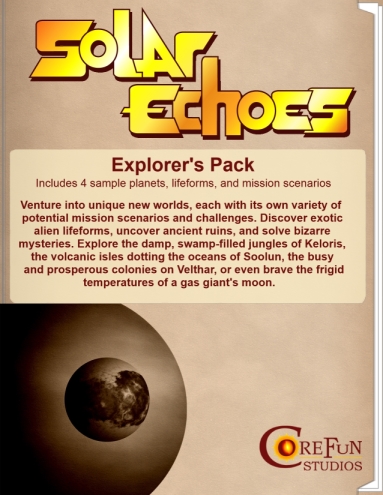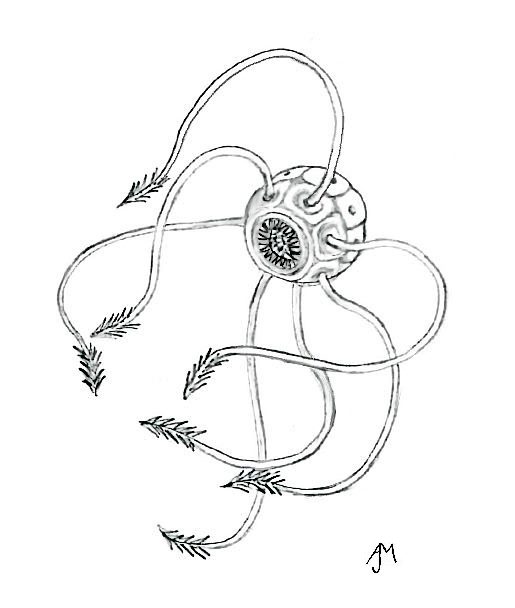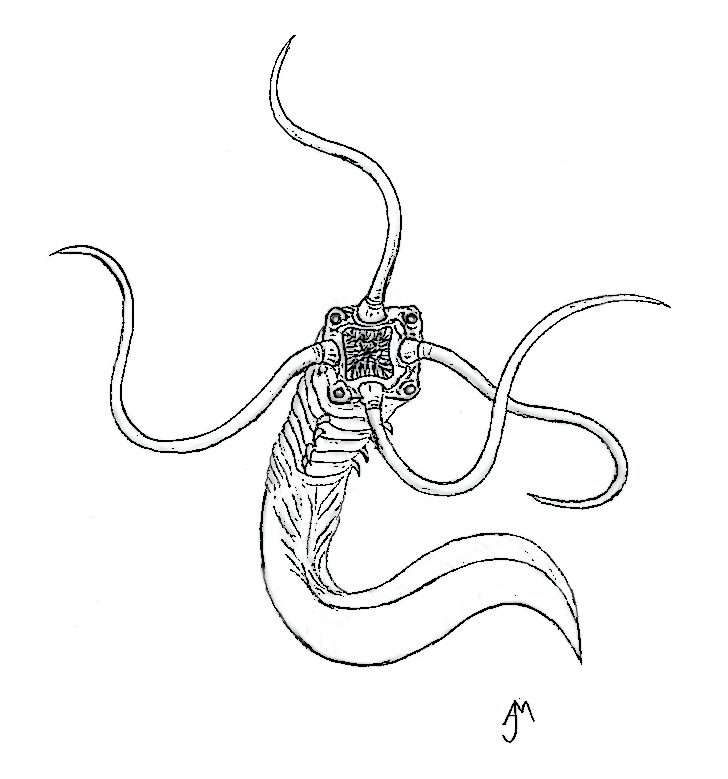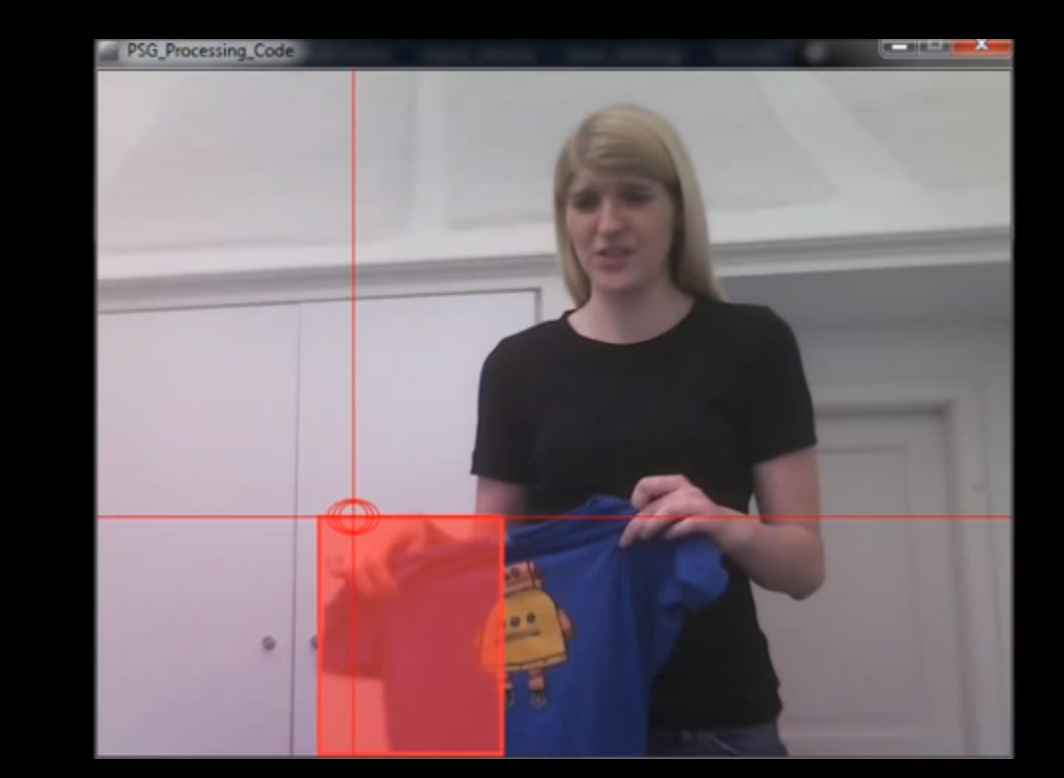 Solar Echoes is a fast paced sci-fi RPG from Corefun Studios. With the new Explorer’s Pack coming out, Geek Native took this chance to invite authors Andy Mitchell and Matthew Hannum to discuss the game.
Solar Echoes is a fast paced sci-fi RPG from Corefun Studios. With the new Explorer’s Pack coming out, Geek Native took this chance to invite authors Andy Mitchell and Matthew Hannum to discuss the game.
You can find other insights on Solar Echoes here on Geek Native including a From the Inkwell article from Andy Mitchell.
This past year, we’ve put together a few supplemental releases for Solar Echoes, such as our free Xenos NPC Pirate Pack and Orientation Guide, but we asked what people wanted more of. The answers we liked best were “more worlds to explore” and “more aliens.” We started the Explorer’s Pack with the intention of providing an interesting starting point rather than a specific adventure path to be followed. We wanted the Explorer’s Pack to give MC’s options, not limit them, and to get the creative ball rolling.
Matthew: Two of the worlds stood out for the process involved in creating them. The first, Velthar IV, was designed using Earth as a very close reference, but with a twist – nearly all of the planet’s landmasses are linked together into a large super-continent that dominates one quadrant of the southern hemisphere. This produces climate extremes, such as vast, arid deserts far from the coasts, and huge storms that roll unimpeded across the open ocean. While all of this sounds at first like science fiction, Earth has also gone through periods where its own continents were mostly or entirely linked together, producing similar climate extremes. With Velthar IV, I wanted to convey to the reader how something we take for granted – the placement of the land masses around our world – can profoundly alter a planet’s climate if changed.”
The second world, Nelros VIb, was inspired by a much-discussed theory among exo-planetary astronomers – the notion of habitable, planet-sized moons around distant stars. While no such worlds have yet been discovered, they are quite possible based upon current scientific understanding. Several of the largest moons in our own star system are more massive than the smallest planets, and a few of the icy ones are candidates for simple extraterrestrial life. Considering that the mass of a gas giant’s moons scales almost directly with its own mass and the sheer number of exceptionally massive gas giants we have already found that dwarf Jupiter, it is only a matter of time until we find a world like Nelros VIb – a cold realm that isn’t that much different than Earth, except that it is merely a large moon. All that is required is a large enough gas giant in the planet’s habitable zone around a star not too different from our sun. It’s fascinating to imagine what life would be like on such a world, and I wanted to give the reader a chance to imagine such a different perspective.”
Andy: When the planets were finished and I looked over them, I got really excited and wanted to know what kinds of lifeforms lived there. My imagination was already churning through the possibilities, so I decided to try to design a new alien lifeform for each of the new worlds. The hardest part of designing a new lifeform is avoiding the familiar but also avoiding something that is so bizarre that it doesn’t make sense. The starting point for each organism was the environment it lived in. What would occupy the temperate zones of a planet being consumed by its polar regions? What type of aquatic creature might emerge from vast oceans to crawl upon scattered volcanic isles? What kind of pest would occupy the swampy wetlands of a stagnant world full of strange creatures?
The next step in lifeform design was deciding on what these creatures did to survive. How did they gain food and what unusual methods did they use to obtain it? Did the lifeforms have any peculiar offense or defense mechanisms? These alien creatures would not be very interesting to encounter unless there was something different and possibly surprising about them. So I built each lifeform while considering our game mechanics—they had to be balanced, and each one had to present a unique challenge to characters, yet these challenges had to make sense within the limitations of the creature’s physiology, and that physiology had to make sense regarding its environment. I’ve always been fascinated by biology and how some animals creatively cope with their environments, so it was a lot of fun designing alien lifeforms that had their own peculiar methods of surviving.
Finally, it was time to draw each of the lifeforms. It was interesting to discover that sometimes I had to return to the original descriptions I’d written and change them to match the sketches. Once I started trying to draw what I’d written, it didn’t always make sense visually. I also came up with some new abilities based on my drawings—there wasn’t exactly a clear starting point for any of the lifeforms—each one developed as it was designed. I’m hoping to design many more in the future, but it was surprising how much of a process was involved with each one.




